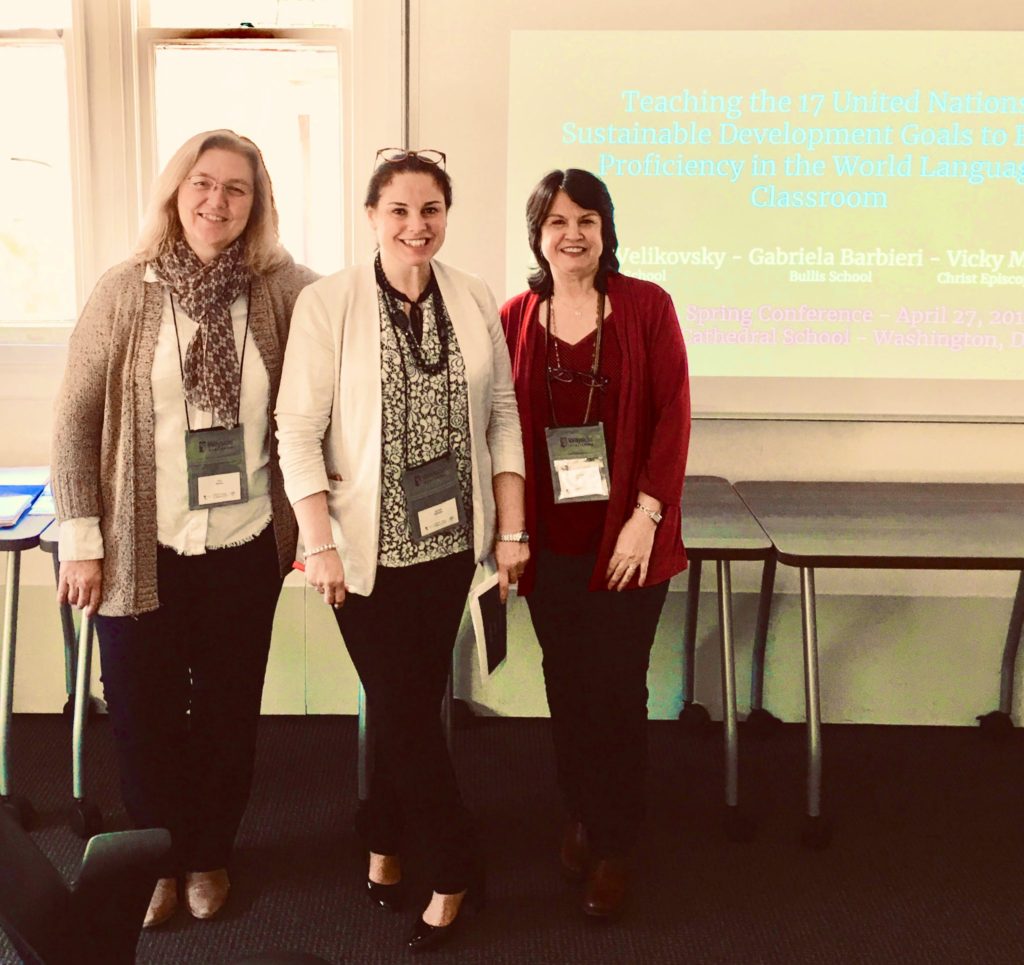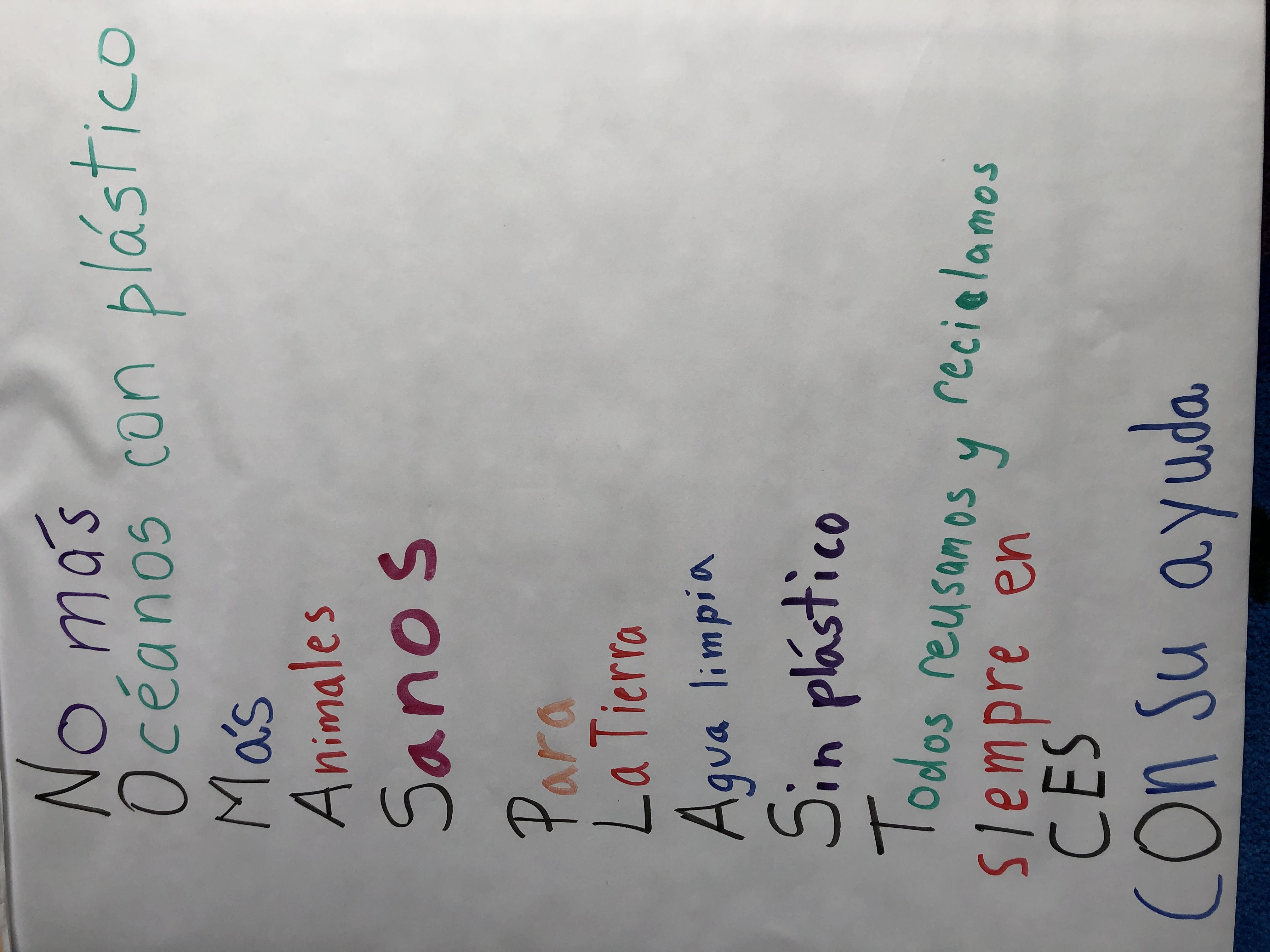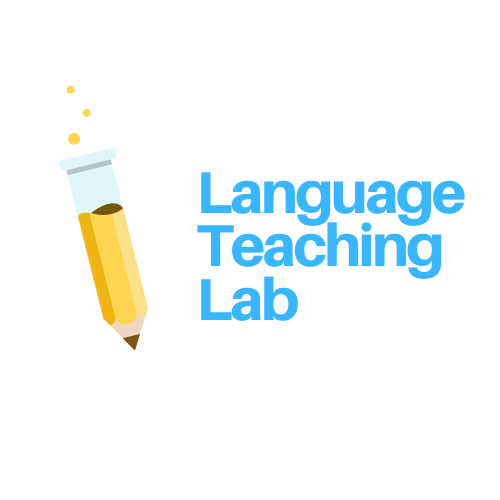by Vicky Masson
‘What’s in a framework?’ is a column of Language Teaching Lab. A framework informs our teaching and it shows a unique philosophy. It gives us a shared language and purpose, and it lets us see teaching and learning from diverse perspectives
DKDK – Don’t Know what you Don’t Know
You do not know what you do not know. What counts is what you do when you get to know something, i.e. when you learn something. That is what happened to me when I learned about the 17 UN Sustainable Development Goals. The SDGs are a path to action for people, planet, prosperity, peace, and partnerships. The SDGs consider sustainability from the economic, environmental, and social perspectives. As we know them now, the SDGs started in 2015 with a plan to achieve the 17 goals by 2030. I had to do something so I became a Cohort 3 #TeachSDGs Ambassador.

17 Goals
When I saw the image of the seventeen goals and started reading each one, I happily realized that most of the teaching happening in my Spanish classes related directly to them. I committed to introducing the 17 goals to my students, our changemakers.
There is so much more information about the SDGs now than when I started introducing them in my classes. Fortunately, lots of these materials are in different languages!
Let’s start by learning about some of these resources. Then, let me share some of the things that I did in my language classes.
SDGs in different languages
Let’s start with some places where you can find materials on the SDGs in different languages:
- United Nations
- The World’s Largest Lesson
- Empatico (only Spanish and French)
- The Global Goals
- Good Life Goals
- Fashion Revolution (posters)
- Educating Global Citizens by Fernando Reimers
- The Wonderment (mostly in English but your students can submit ideas in the language they are learning)
This is a short list with lots of information. These sites are great starting points for introducing the SDGs in language classes.
How I prepared to teach SDGs
In order to teach about the SDGs, I first informed myself. I took courses, I read books, I created a Wakelet, and I presented together with Gaby and Marcela in language conferences.

Since I became a #TeachSDG ambassador, I have introduced the SDGs to all my students. Learning about the SDGs is engaging and empowering for students, therefore, it boosts proficiency. Students want to learn, read, and talk about the SDGs. Most importantly, they want to take action.
How I teach SDGs in my language classes
I usually show them the Global Goals icons. I ask students their favorite goal or the one that catches their attention and why, how old they will be in 2030 and what they see each other doing differently than they do now. Then, I explain what the SDGs are and their importance, and connect them to what they are studying in class. In no time students realize that the SDGs are an intrical part of their life and of what we do in class.
SDGs = Enduring learning
The most enduring learning happens when students are connected with other students to solve problems. The No.More.Plastic. project was one of these instances. It was a three week project where 4th grade students had to attempt to answer:
- What’s the problem?
- Are there any solutions? Let’s try to fix the problem!
- Action! The students take action and try to bring change at school and at home.
Students researched about plastic, brainstormed possible solutions for reducing the use of plastic at school, and wrote a chant to share with the rest of the elementary school. They posted the chant in the cafeteria as a reminder of the importance of reducing the use of plastic. All in Spanish!

Students also saw some of the projects done by other schools around the world and felt part of it!
My students were engaged in the content and empowered to make change happen. They were also proud when they received a certificate of participation.
SDG in language classes
The SDG framework is perfect for language classes. It is a powerful tool to raise awareness of sustainability, to empower students as changemakers, and to have students see that learning a language might have an impact outside the classroom.
Don’t wait one more minute to introduce the SDGs in your language classes if you haven’t yet done that. Don’t wait to have students ask you: Why has no other teacher taught us about them?
